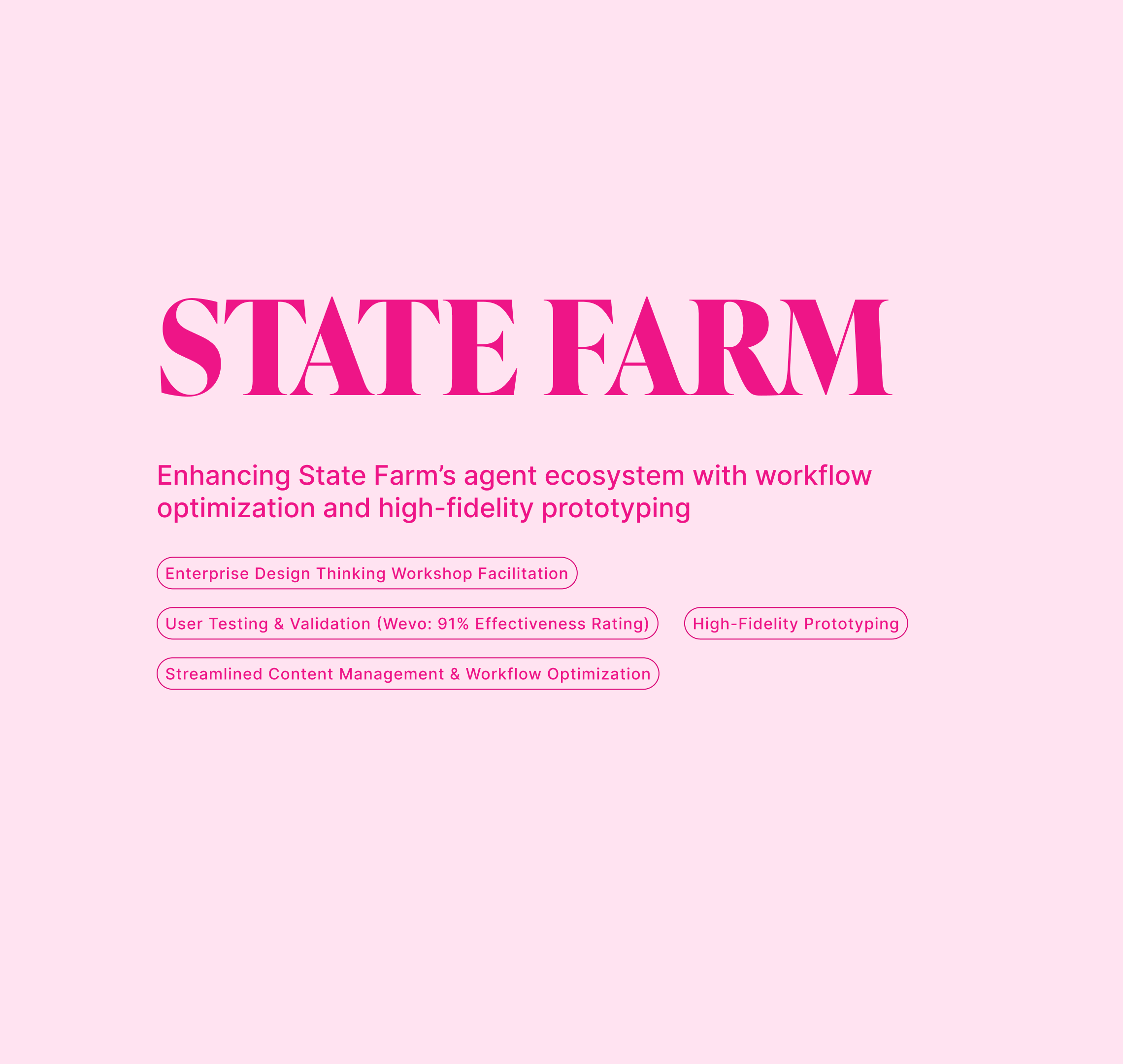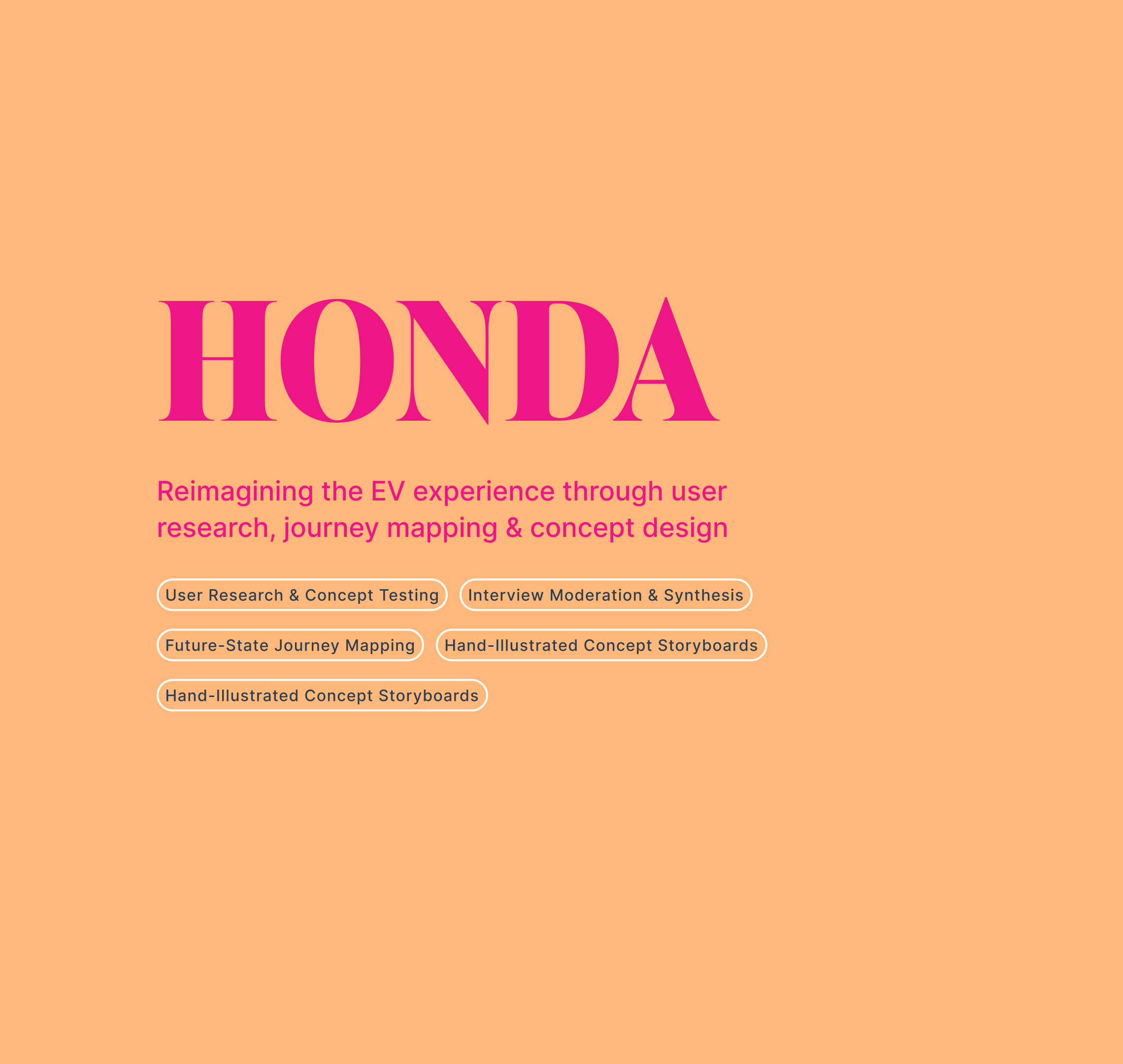Client
Johnson & Johsnon
Deliverables
Interactive Service Blueprint, Personas, Client-Branded Templates
Year
2025
Optimizing content operations at a global scale requires thoughtful design and collaboration. In this project with Johnson & Johnson, I leveraged user research and visual design to create scalable solutions that improved content workflows, enhanced stakeholder communication, and ensured consistency across teams.
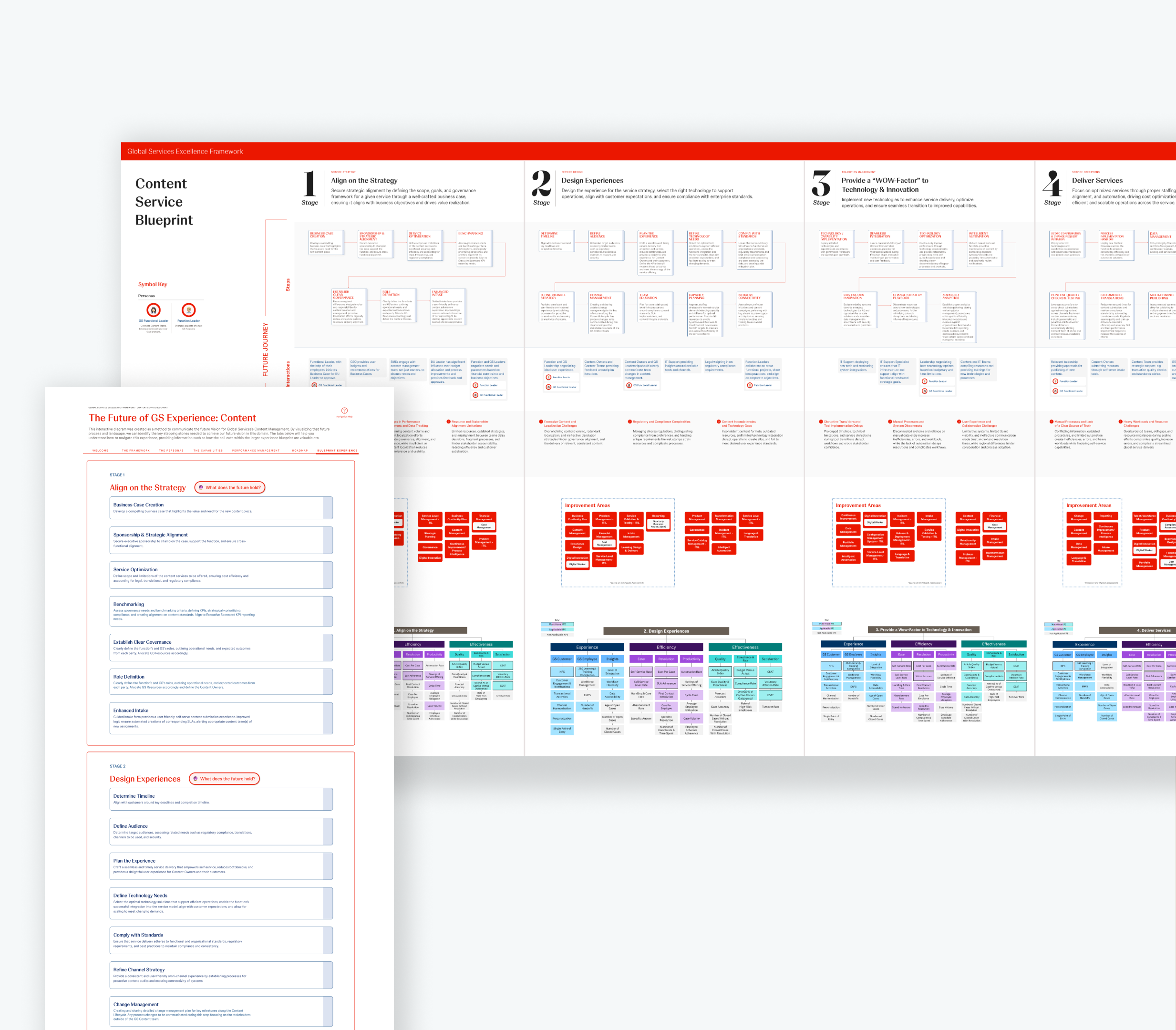
The Problem: Why Johnson & Johnson Needed a Content Service Overhaul
Johnson & Johnson faced significant challenges in modernizing and standardizing its global content service operations. As teams across different global markets operated in silos, inefficiencies and redundant processes became prevalent. Additionally, stakeholders struggled without clear user personas to guide service improvements, and the absence of a centralized communication framework hindered service transformation efforts.
Key Challenges:
- Inconsistent Workflows – Global teams operated in silos, leading to redundant processes and inefficiencies across markets.
- Lack of User Visibility – Without clear user personas, stakeholders struggled to define improvements that addressed real needs.
- Scattered Communication – Teams lacked a centralized framework to guide discussions on service transformation and scalability.
To address these challenges, Johnson & Johnson partnered with IBM Consulting to develop a scalable content service framework that would drive efficiency, improve usability, and enhance cross-team collaboration.
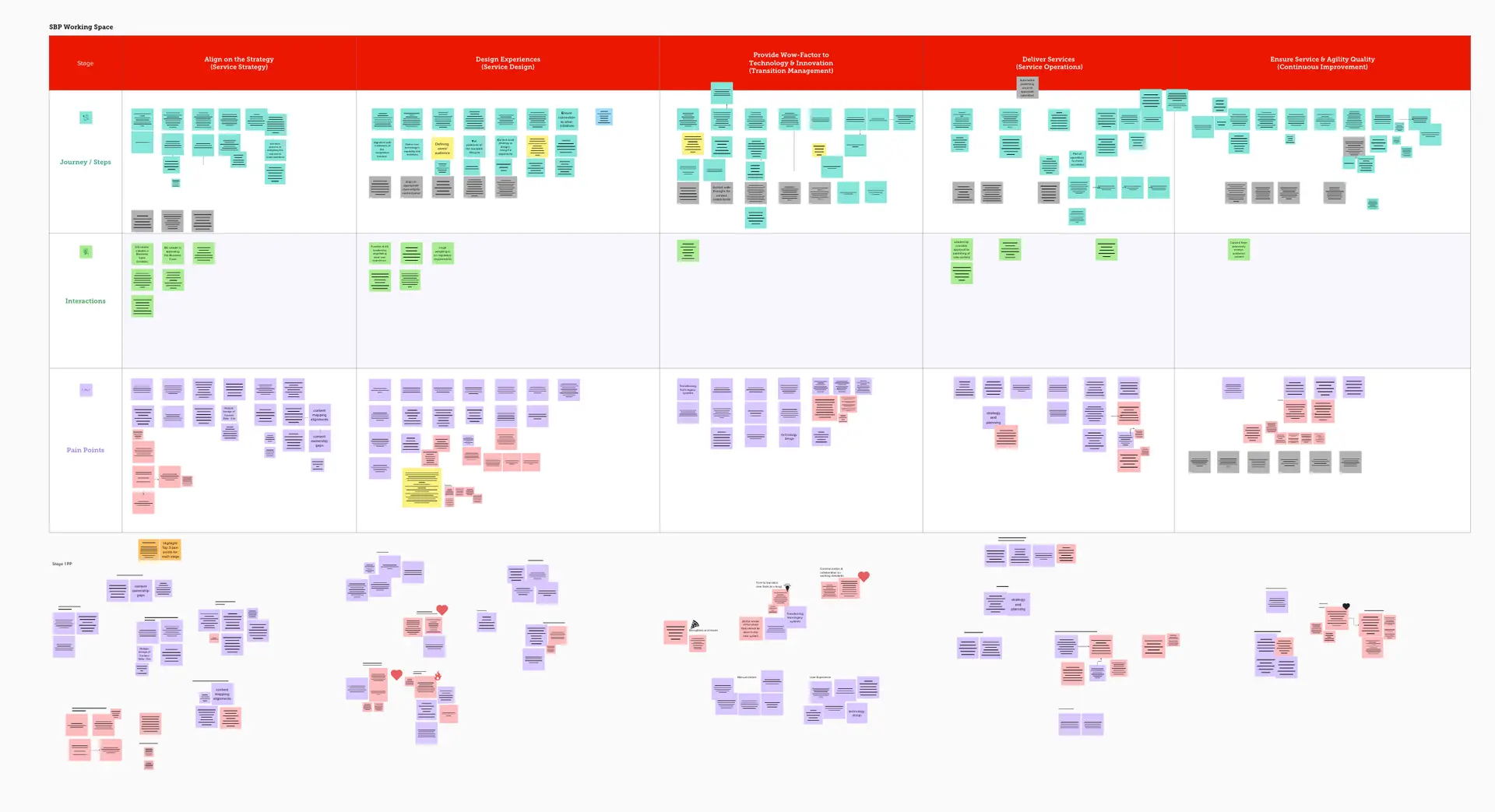
The Approach: Transforming Research into Actionable Design
During this engagement, my role as the visual designer was to collaborate closely with the researcher, product manger, and project lead to translate insights into actionable design solutions. I focused on leveraging user research to inform every design decision, ensuring our visual outputs were both strategic and user-centered. My approach emphasized clear communication, iterative feedback, and a strong alignment with Johnson & Johnson’s brand, technical capabilities, and business objectives.
Key Contributions:
- Developing an interactive service blueprint that allowed stakeholders to explore insights dynamically and use it as an ongoing reference, aiding the design lead in communicating workshop outputs.
- Designing user personas to illustrate key roles and pain points in Johnson & Johnson’s content service ecosystem.
- Aligning internal deliverables with Johnson & Johnson’s brand guidelines by establishing style guides in Figma, including typography, color schemes, and reusable UI components to ensure consistency across all outputs.
- Creating client-branded templates in PowerPoint and Figma that were adopted internally for ongoing strategy discussions and presentations.
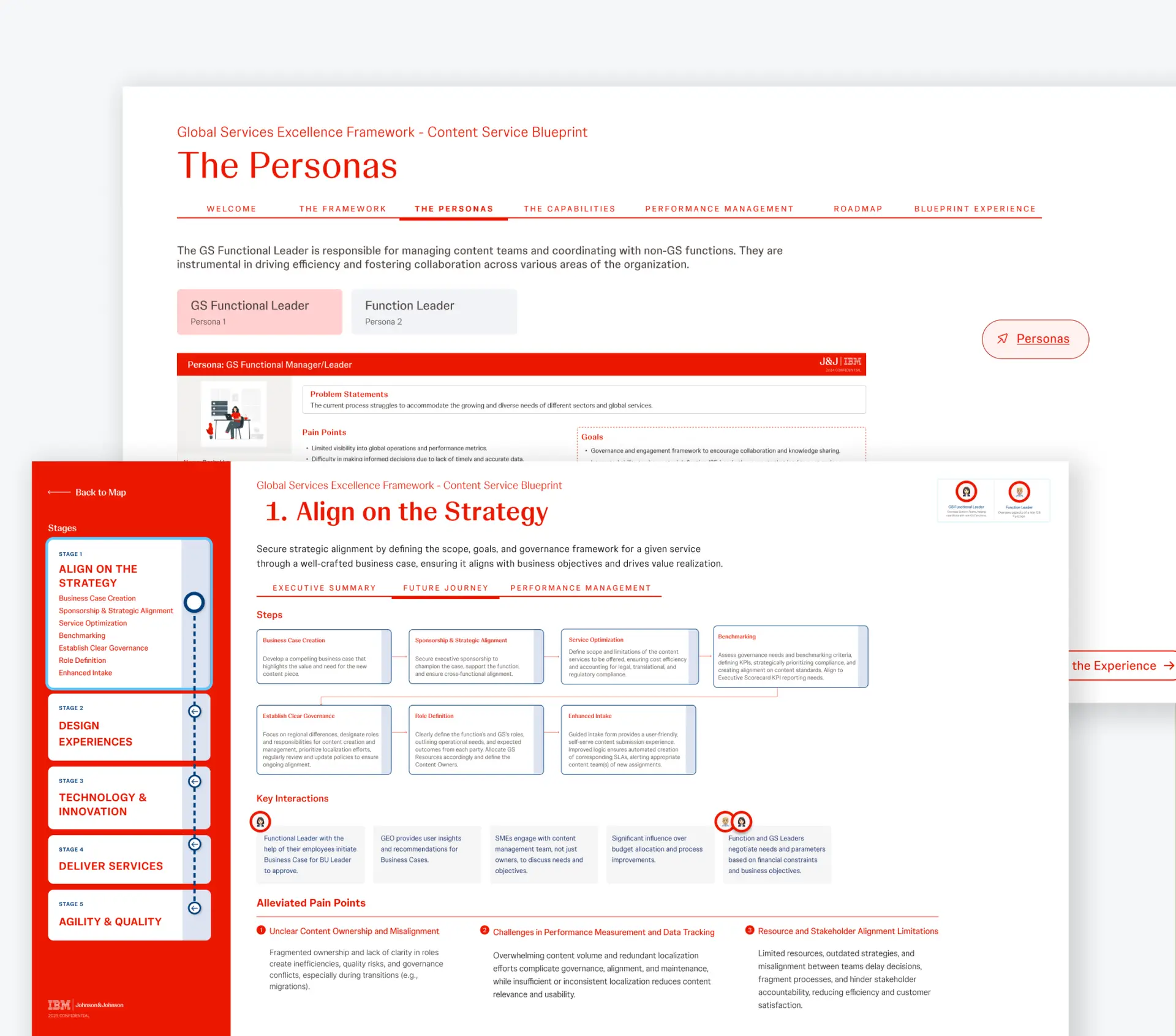
Iterations & Problem-Solving: Enhancing Blueprint Navigation for Stakeholders
During stakeholder review sessions, we identified a critical usability issue—the Johnson & Johnson team struggled to locate specific content workflows within the blueprint. I led the design direction of an interactive blueprint, communicating the future-state vision for Global Services’ Content Management. This blueprint, refined through multiple iterations, provided clear navigation, visual storytelling, and detailed summaries for each stage, helping the design lead communicate workshop outputs and ensuring alignment with business goals.
How I Solved This:
- Before: The blueprint lacked clear navigation, requiring manual searching for relevant content, leading to frustration and inefficiencies.
- After: I refined the interactive prototype’s navigation, introducing clear labeling, clickable sections, and improved content hierarchy to ensure stakeholders could quickly access key insights.
✨ Impact:
- User-Centered Service Improvements – User personas directly influenced strategic planning, ensuring that service enhancements were grounded in real workflow challenges.
- Enhanced Stakeholder Engagement – The interactive service blueprint became a key decision-making tool, improving accessibility to insights and facilitating leadership discussions.
- Increased Team Efficiency – Standardized design assets and reusable templates streamlined workflow execution, reducing time spent on presentation materials.
Key Takeaways:
This project required a deep understanding of user needs and a collaborative approach to designing scalable solutions. My work centered around creating clear, user-friendly frameworks that could be easily adopted across global teams. Each design decision was grounded in research and aligned with Johnson & Johnson’s business objectives.
- Scalable Design Thinking – The interactive blueprint improved cross-team alignment, making service transformation discussions more actionable.
- Standardization for Efficiency – Reusable design assets streamlined workflows, reducing friction in client presentations and strategic discussions.
- User-Driven Strategy – Personas provided a structured approach to prioritizing service improvements, ensuring that recommendations addressed real user challenges.
Final Outcome:
By leveraging visual storytelling, structured design systems, and user research, I helped Johnson & Johnson streamline content operations, improve efficiency, and enhance collaboration across teams.

